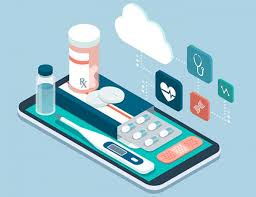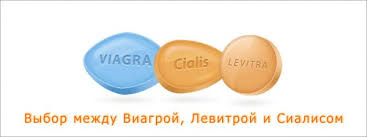The Promising Potential of Rapamycin Insights into its Benefits and Uses

The Promising Potential of Rapamycin: Insights into its Benefits and Uses
Rapamycin, also known as sirolimus, is a macrolide compound that was first discovered in the soil of Easter Island (Rapa Nui). Initially developed as an immunosuppressant for organ transplant patients, its fascinating properties extend well beyond this initial use. Current research suggests that Rapamycin may have applications in the realm of aging, cancer treatment, and various genetic conditions. For those looking to explore the potential benefits of this compound, you can find more details at this Rapamycin https://lekarnaskupaj.si/kupi-rapamycin-online-brez-recepta/.
What is Rapamycin?
Rapamycin is a drug that inhibits the mechanistic target of rapamycin (mTOR), a protein that plays a crucial role in regulating cell growth, proliferation, and survival. The mTOR pathway is involved in numerous biological functions, including metabolism, autophagy (the body’s way of cleaning out damaged cells), and the immune response. By inhibiting this pathway, Rapamycin has a range of effects that are the subject of extensive research.
Applications of Rapamycin
1. Immunosuppression
Originally, Rapamycin was approved by the FDA for use as an immunosuppressant in kidney transplant patients. It helps prevent organ rejection by decreasing the production of immune cells. Its unique mechanism works differently from traditional immunosuppressants, making it a valuable option in transplant medicine.
2. Cancer Treatment
Research has shown that mTOR plays a significant role in cancer biology. Overactive mTOR signaling is associated with many types of cancer. Rapamycin and its analogs (rapalogs) are being investigated as potential treatments for various cancers, including breast cancer, renal cell carcinoma, and neuroendocrine tumors. By targeting the mTOR pathway, Rapamycin can inhibit tumor growth and promote cancer cell death.

3. Longevity and Aging
One of the most exciting areas of research regarding Rapamycin is its potential impact on aging. Studies in mice have demonstrated that treatment with Rapamycin can extend lifespan and improve health markers associated with aging, such as insulin sensitivity and cardiovascular health. While human studies are ongoing, the notion of using Rapamycin as a longevity drug captivates much attention and speculation in the field of gerontology.
4. Neurological Disorders
Emerging studies suggest that Rapamycin may have neuroprotective properties. Research indicates that it could be beneficial in conditions such as Alzheimer’s disease and Parkinson’s disease by modulating cellular pathways involved in neuroinflammation and protein aggregation. However, more substantial clinical trials are necessary to confirm these initial findings.
Side Effects and Considerations
While Rapamycin has potential benefits, it is essential to consider its side effects. Common side effects include mouth sores, increased risk of infections, and elevated cholesterol levels. Long-term use, especially for non-transplant indications, requires careful monitoring and consultation with healthcare providers. Understanding the risk-to-benefit ratio is crucial before initiating treatment with Rapamycin.
Current Research and Future Directions
The interest in Rapamycin has burgeoned, spurring various ongoing studies examining its potential in diverse fields. Researchers are actively exploring its use in age-related conditions, metabolic syndromes, and various cancers. As science progresses, we may discover more innovative applications that could enhance health and longevity.
Conclusion
Rapamycin represents a multifaceted compound with a range of potential applications that extend far beyond its original intent as an immunosuppressant. While challenges and considerations remain, ongoing research is likely to uncover more about its capacity to influence health and aging significantly. As with any medication, individuals interested in potential treatments with Rapamycin should consult healthcare professionals to determine the appropriateness and safety of use based on their individual circumstances.






